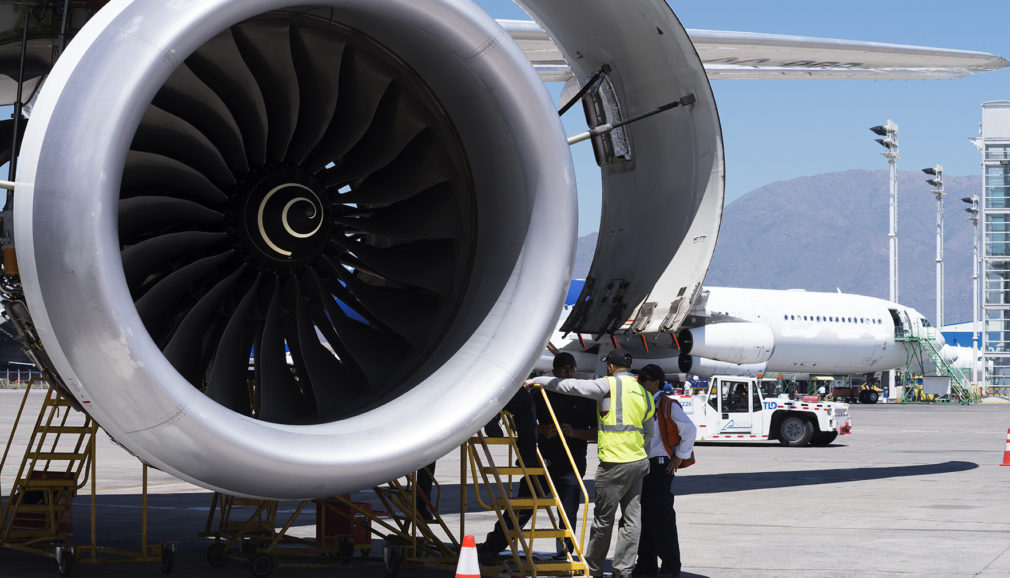
Essential information

Chile attracts more international tourists and raises forecast for visitors in 2017

In the first half, Chile received 3,344,340 visitors, representing an increase of 17.9%. The sector already accounts for 10% of GDP and this has been reflected in investments in infrastructure and an increase in hotel rooms as well as the entry of low-cost carriers into the airline market.
Chile is not only the regional magnet for talent but also awakens the interest of tourists from around the world who, for different reasons, visit the country. The interest is such that the Economy Ministry’s Undersecretariat for Tourism has raised its estimate of the number of overseas visitors that Chile will receive in 2017, bringing it into line with the 17,9% increase seen in the first half.
The figures
In the first six months, over 3.3 million foreigners visited Chile to enjoy well deserved holidays or to shop there, encouraged by the strength of the peso against the dollar and, thanks to an open economy, attractive prices for technology goods.
The 3,344,340 incoming tourists who visited Chile in the first six months represented an increase of 17.9%. In response, the Undersecretariat for Tourism has raised its estimate for the whole year from 6.4 million to 6.7 million.
Many of the tourists visiting Chile were from other South American countries and included 1,940,164 visitors from Argentina, equivalent to 58% of all tourists from the rest of the region.
Chile is also becoming increasingly attractive to visitors from Asia, who rose by 19.2% in the first half. Within this group, the largest increase was in visitors from China and South Korea who reached 14,827 and 11,358, respectively.
Without doubt, they all enjoyed the beauties of northern, central and southern Chile, opting for a mystical experience in San Pedro de Atacama, the wine and cuisine of the central Chile’s vineyards, the Pearl of the Pacific to visit the eclectic hills of Valparaíso or, in the case of the more adventurous, the Patagonian region of the far south.
Expanding airline sector
The increase in inbound tourism has been reflected in the growth of the sector, which already accounts for close to 10% of GDP, as well as in investment in infrastructure, the arrival of new airlines and an increase in hotel rooms.
Due to the increase in the number of visitors and high demand, the Santiago International Airport is being expanded. The project, which represents an investment of US$700 million, will increase the number of boarding gates from 18 to 70, equipping it to handle 30 million passengers per year, up from 19 million at present.
In recent years, the country’s airline industry has also undergone a transformation with the entry of low-cost carriers such as Law, Sky Airline and JetSmart.
Bill Franke, president of Indigo Partners the US-based founder of JetSmart, indicated that, after looking at several countries in the region, they opted to open offices in Chile due to the country’s economic and political stability and the potential for the growth of tourism.
“We chose Chile because it offers the best platform in the region for the development of JetSmart. Chile has maintained economic growth, political stability, the rule of law and a regulatory framework that supports free trade and foreign investment,” said Franke.
Low-cost airlines are opening new routes between Chilean cities, facilitating the movement of workers, investors, and tourists and reducing journey times and the travel costs of companies and individuals. This not only improves connectivity but also efficiency in the use of the resources of tourists and business travelers.







